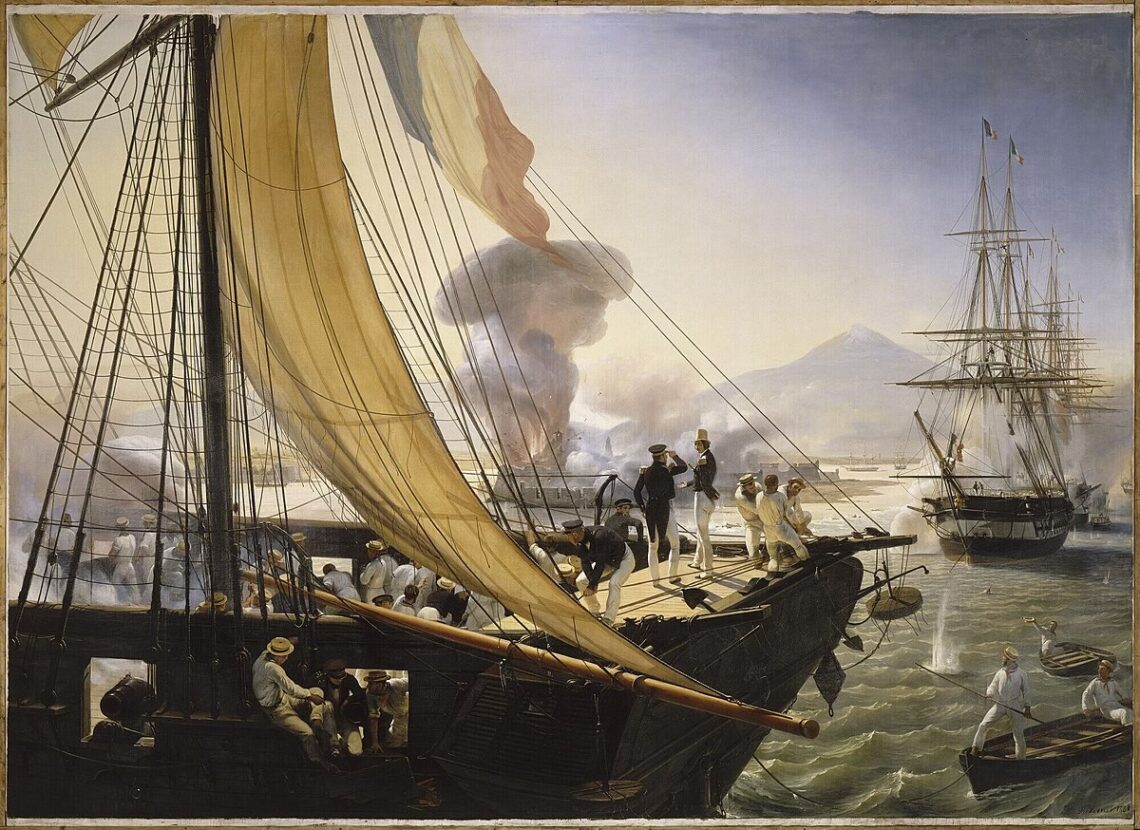
The Pastry War
Rowdy soldiers, an angry business owner, and brewing tensions between nations. All of these were factors that pushed the start of the Pastry War, an armed conflict between France and Mexico that took place between 1838 and 1839.
Before the Pastry War, the Mexican government was in shambles. As Mexico was a newly independent nation, having only declared independence around 17 years prior, the nation and its leadership were very much unstable. In fact, after the declaration of Mexican independence, the presidency changed every single year, leaving the country in a very fragile state. Because of this, the country developed into a highly unlawful one, where government and military officials often took to the streets in violence and riots. These military officials were frequently supporters of political parties and presidential candidates that rivaled the current administration.
As a result of the constant and extreme changes in the country in the 1830s, many people’s businesses were destroyed, and business owners began to demand reparations from the Mexican government for the damages that they were facing. One of those affected by the damages was Monsieur Remontel, a French man living in Mexico whose pastry shop was allegedly ransacked by intoxicated army officers. Remontel requested 60,000 pesos from the Mexican government for the destruction of his business. Now, not only did Mexico owe large sums of money to various European nations after its war for independence, but was falling further into debt because many citizens just like Remontel wanted reparations.
Monsieur Remontel was unsuccessful in his effort to be granted reparations by the Mexican government, so he decided to appeal to the French charge d’affaires, or ambassador, who then escalated the case all the way to King Louis-Phillipe of France. His appeal, along with various complaints from French citizens of Mexico, were sent to the king. These grievances led the French to escalate the conflict.
At first, the king demanded 600,000 pesos in reparations, but this request was completely ignored. As a result of Mexico’s refusal, France sent a fleet of warships to blockade the main port in the country, the port of Veracruz. By November, France began to bombard the fort of San Juan de Ulua, the fort guarding the entrance to the port of Veracruz. In response to the bombarding of the fort, Mexico declared war and deployed troops, but lost the fort to the French.
The loss of the fort was a humiliating defeat for Mexico, and led to a pressing need for a leader who would reestablish Mexico’s military and lead them to victory. The person who stepped up to the challenge was the former president, Antonio Lopez de Santa Anna. Santa Anna, who had developed a bad reputation with the public after he was deemed responsible for losing Texas in the Texas Revolution, had been living in exile, away from the public eye. However, he made his return to the military during the Pastry War, fighting in the battle at Veracruz and leading the defensive operation. Despite the crushing Mexican loss, Santa Anna’s heroic leadership went down in Mexican history. After the battle at Veracruz, Santa Anna was once again seen as a national hero, for supporting his country in battle and losing his leg in the process.
After the Battle of Veracruz, France continued its blockade of the major port, hindering Mexico’s transportation of goods. The United States, who were distrustful of Mexico, joined the French blockade. Even Texas raised a militia to fight against Mexican soldiers in Corpus Christi Bay.
After a few months of battles between France and Mexico, in March 1839, the Mexican government finally gave in and paid the 600,000 pesos in reparations. Although a short war, it was devastating for the already struggling Mexican economy and left the government worse off than before. Mexican debt only increased, after months of revenue loss because of the port closure. The Mexican government collapsed shortly after the end of the war, leading Santa Anna to once again take the interim presidency until the next election. The struggling economy and government all contributed to the crushing loss that Mexico would face in the upcoming Mexican-American War, just 7 years later.
Although the Pastry War was brief and seemingly caused by the silly complaint of a pastry shop owner, it was far more impactful, leaving Mexico in disarray and paving the way for future conflicts and failures.
This was the politics… stay tuned for the dinner! A lovely blend of Mexican and French pastry!




